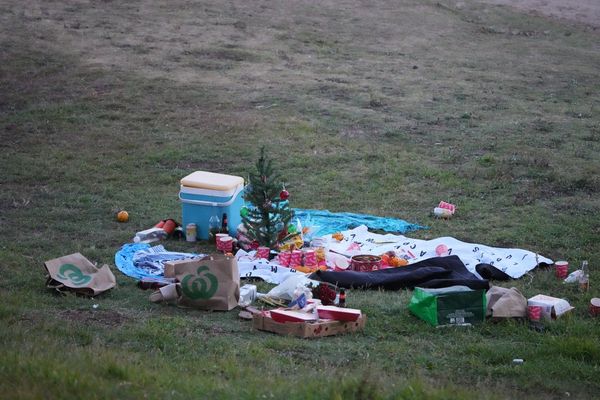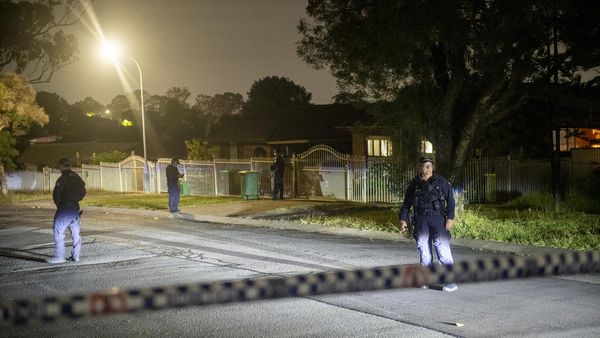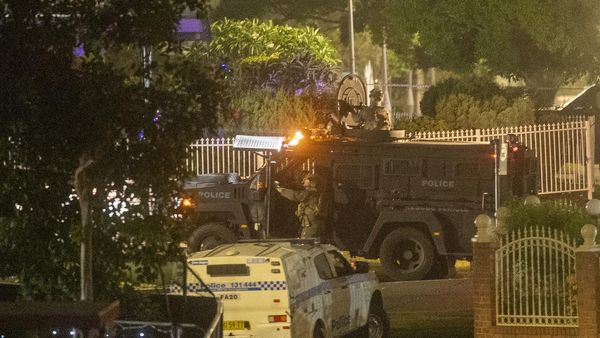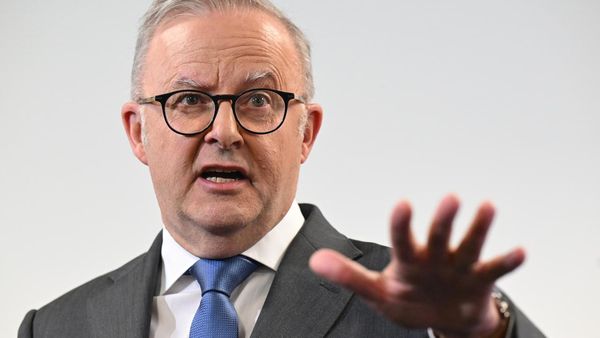
What does the UN report say?
Poverty levels dropped from 55.1% in 2005-06 to 27.7% in 2015-16 to 16.4% in 2019-21 – that’s a reduction of 415 million people. Rural India too saw a sharp drop in multidimensional poverty, sliding from 36.6% in 2015-16 to 21.2% in 2019-21. Urban poverty dropped from 9% to 5.5%. These estimates are based on India’s Demographic and Health Survey 2019-21. About 4.2% of India’s population lives in “severe poverty."

The MPI measures poverty across three broad parameters – health, education and standard of living. Health subsumes nutrition and child mortality; education includes years of schooling and school attendance; and standard of living includes access to cooking fuel, sanitation, drinking water, electricity, housing and assets.
The report says that 71% of the data from the Demographic and Health Survey was collected before the pandemic. Therefore, the effects of covid on poverty in India can’t be fully assessed, it points out.
Meanwhile, the World Bank had estimated 35% of India’s urban population lived in the slums in 2018. Clearly, a large chunk of this population is not seen to be in multidimensional poverty.
You might also like
What will trigger Ultratech stock?
Why freight trains are switching to aluminium wagons
Graphs reveal how Indians are splurging in festive season
This is how you lose tax benefits on health policies
India still has the highest number of poor in the world
“Based on 2020 population data for India, it has by far the largest number of poor people worldwide (228.9 million), followed by Nigeria (96.7 million projected in 2020)," says the report.
Like many other developing countries, Indians are also deprived in cooking fuel, sanitation and housing. The UN report calls for an “integrated policy response (that) might include a housing, sanitation and cooking fuel package..", besides early childcare centres and midday cooked meals for school children.
India’s poorest states have begun taking big strides in poverty reduction, finds the report, but still have a mountain to climb. Bihar, Jharkhand, Meghalaya, Madhya Pradesh, Uttar Pradesh, Assam, Odisha, Chhattisgarh and Rajasthan have remained among the 10 poorest states from 2015-16.
How does India compare with China?
In 2021, China declared it had eradicated extreme poverty, and had lifted 770 million people out of poverty since 1978. Only 0.1% of China’s population is below the International Poverty Line defined by the World Bank (below $1.9 per day). About 55 million Chinese are in multidimensional poverty, but only 0.3% of its population falls in the “severely poor" category, according to the UNDP report. India, in contrast, has about 22% of its population below the International Poverty Line. It has 229 million still in poverty accord to the MPI, and 4.2% in “severe poverty". While India has a lot of catching-up to do with China, the latest estimates on multidimensional poverty indicate rapid progress.
Elsewhere in Mint
In Opinion, Vidya Mahambare & Praveen Kumar say the RBI needs a revised strategy. Does India really have a hunger problem? Ajit Ranade answers. Allison Schrager writes on harsh lessons in monetary lags. Long Story looks into the puzzle of Paytm's profitability.







